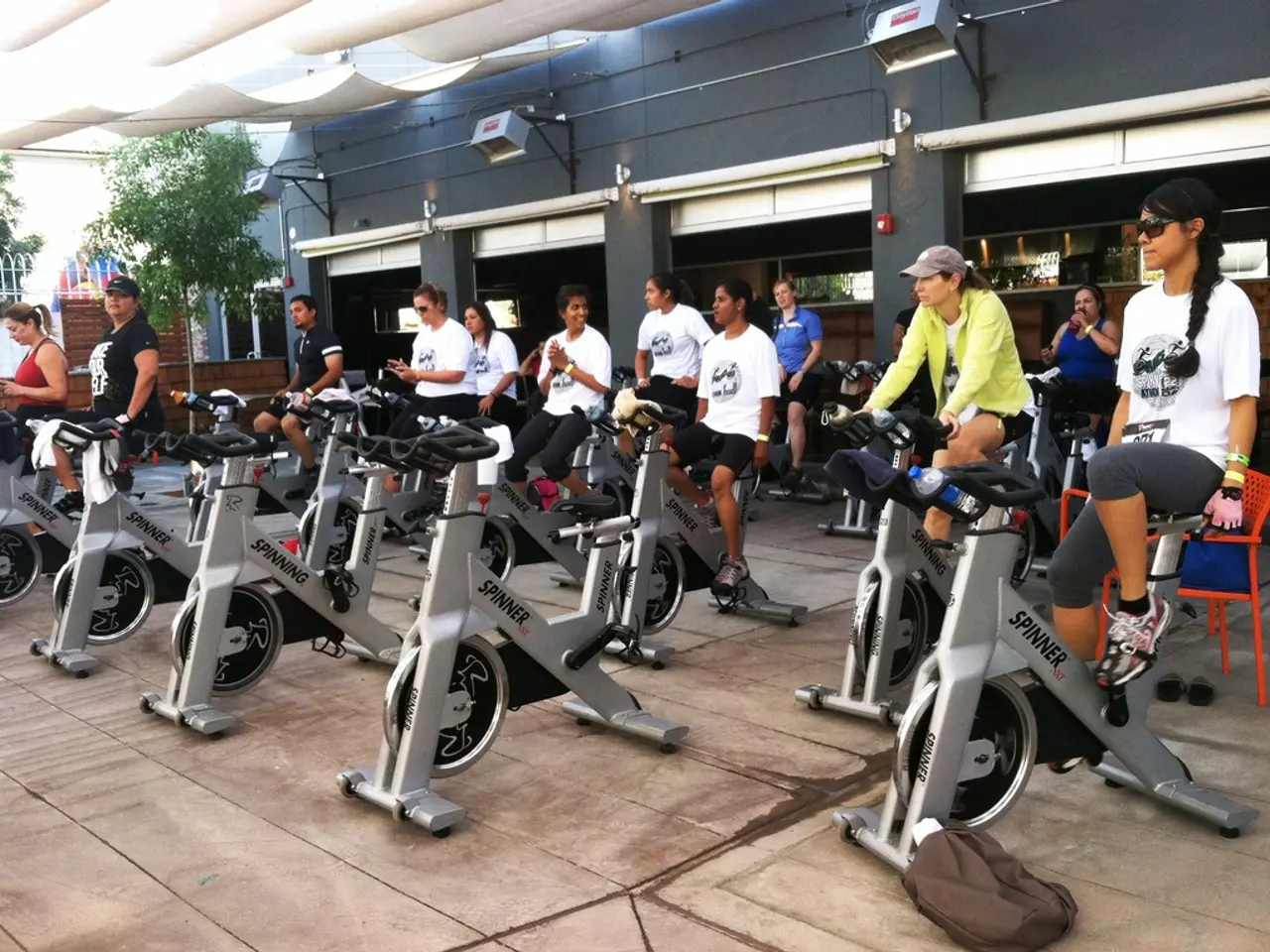Working Out in High Temperature: Safe or Risky?
When the weather heats up, it's important to be mindful of the risks associated with heat illness. Heat illness occurs when the body's cooling efforts cannot keep pace with the temperature and humidity, leading to a rise in body temperature.
Heat exhaustion and heatstroke can be challenging to differentiate, so if you're unsure, it's always best to seek medical attention. Symptoms of heat exhaustion include heavy sweating, rapid heartbeat, dizziness, and confusion. Heatstroke, the more severe form, requires immediate medical attention and symptoms include a temperature of 103 degrees or higher, hot, red or dry skin, disorientation or confusion, dizziness, rapid pulse and breathing, and fainting.
To prevent heat illness, it's crucial to stay hydrated. Sweating is the body's main mechanism for dissipating heat, so it's essential to replace the fluids lost through sweating. When working out in warmer months, drink water or electrolyte drinks every 15 minutes, even if not thirsty, aiming for 2 to 4 cups (16 to 32 ounces) of fluids each hour.
Young children and older adults are more susceptible to heat illness, so it's important to take extra precautions when exercising in hot weather if you fall into these categories. Reduce workout intensity and duration in hot temperatures to avoid stressing the body. If possible, consider alternative exercises like biking or swimming to stay cool during outdoor workouts.
If you experience heat exhaustion, move to a cool place, drink fluids, and rest. If symptoms do not improve, seek medical attention. If someone is suspected to have heatstroke, seek emergency medical care and get them to a cooler place while waiting for an ambulance. If driving a person with heatstroke to the emergency room, use cold compresses and air conditioning to cool them down.
Heat cramps are the first sign of overdoing it in the heat. To treat heat cramps, stop exercising, move to a cooler area, stretch and massage affected muscles, drink water or an electrolyte drink, and avoid caffeine or alcohol. If heat cramps do not go away after an hour or if you have heart problems, seek medical help.
To avoid the hot sun and excessive heat, exercise outside before 9 a.m. or after 7 p.m. If the temperature is 80 degrees or higher and the humidity is above 80%, take your workout inside.
Staying safe in the heat is essential for maintaining good health. By following these guidelines, you can enjoy the warm weather while minimising the risk of heat illness.
Read also:
- visionary women of WearCheck spearheading technological advancements and catalyzing transformations
- Recognition of Exceptional Patient Care: Top Staff Honored by Medical Center Board
- A continuous command instructing an entity to halts all actions, repeated numerous times.
- Oxidative Stress in Sperm Abnormalities: Impact of Reactive Oxygen Species (ROS) on Sperm Harm








